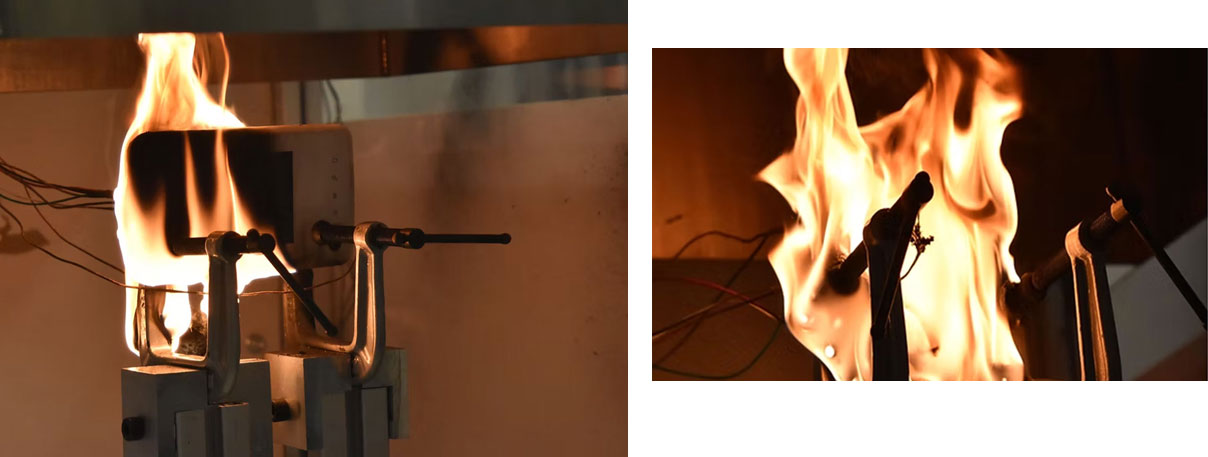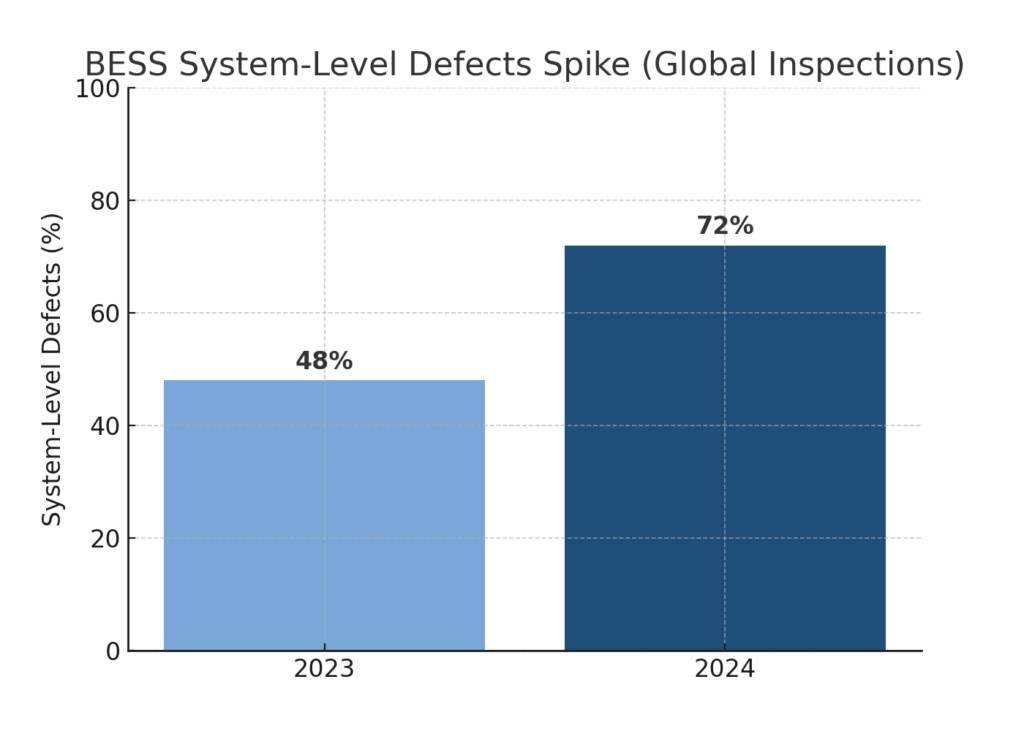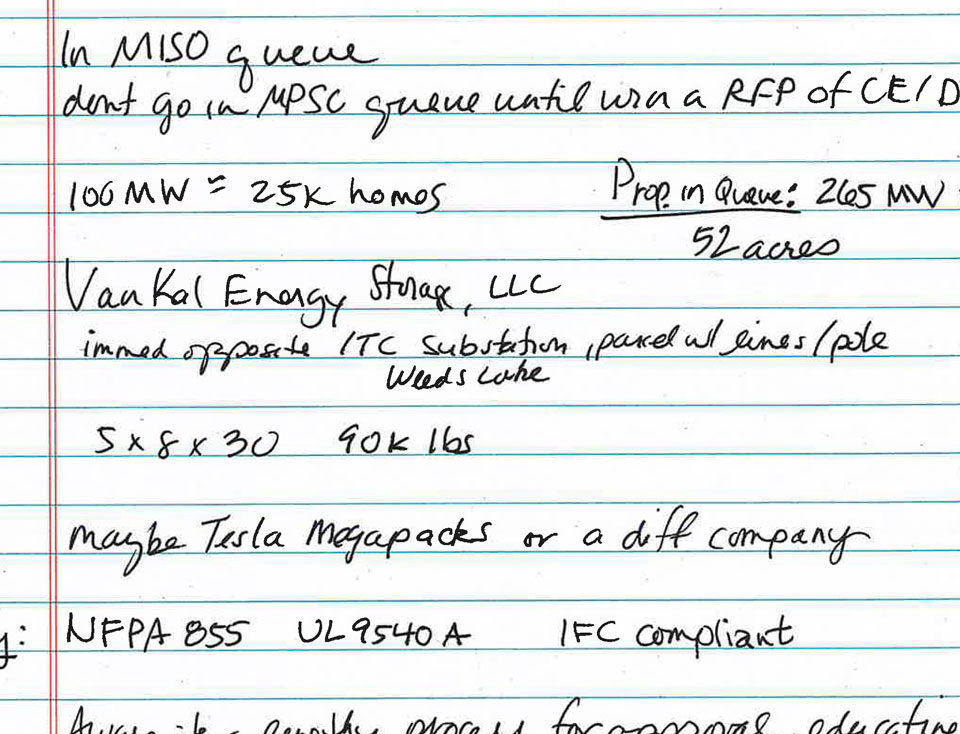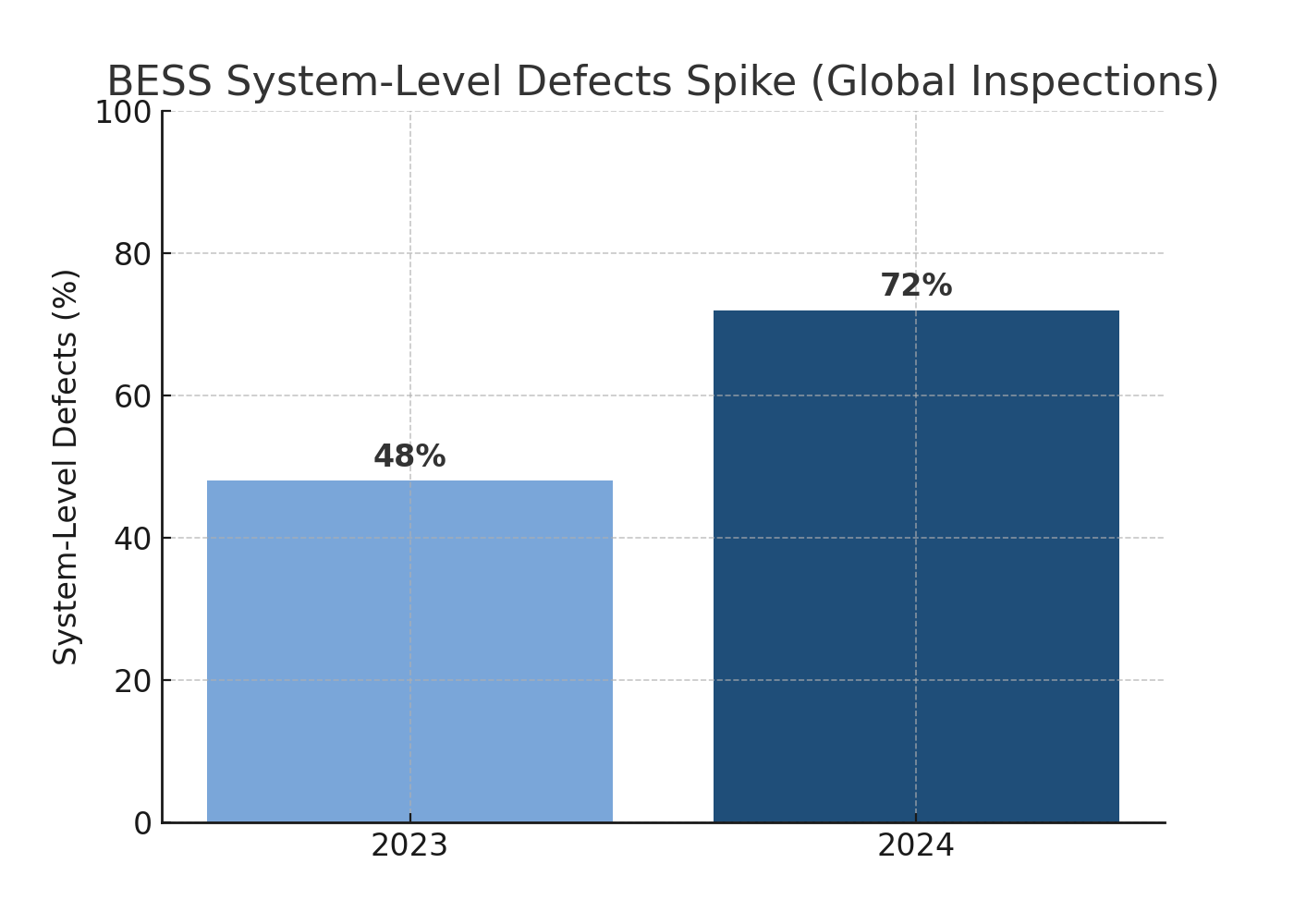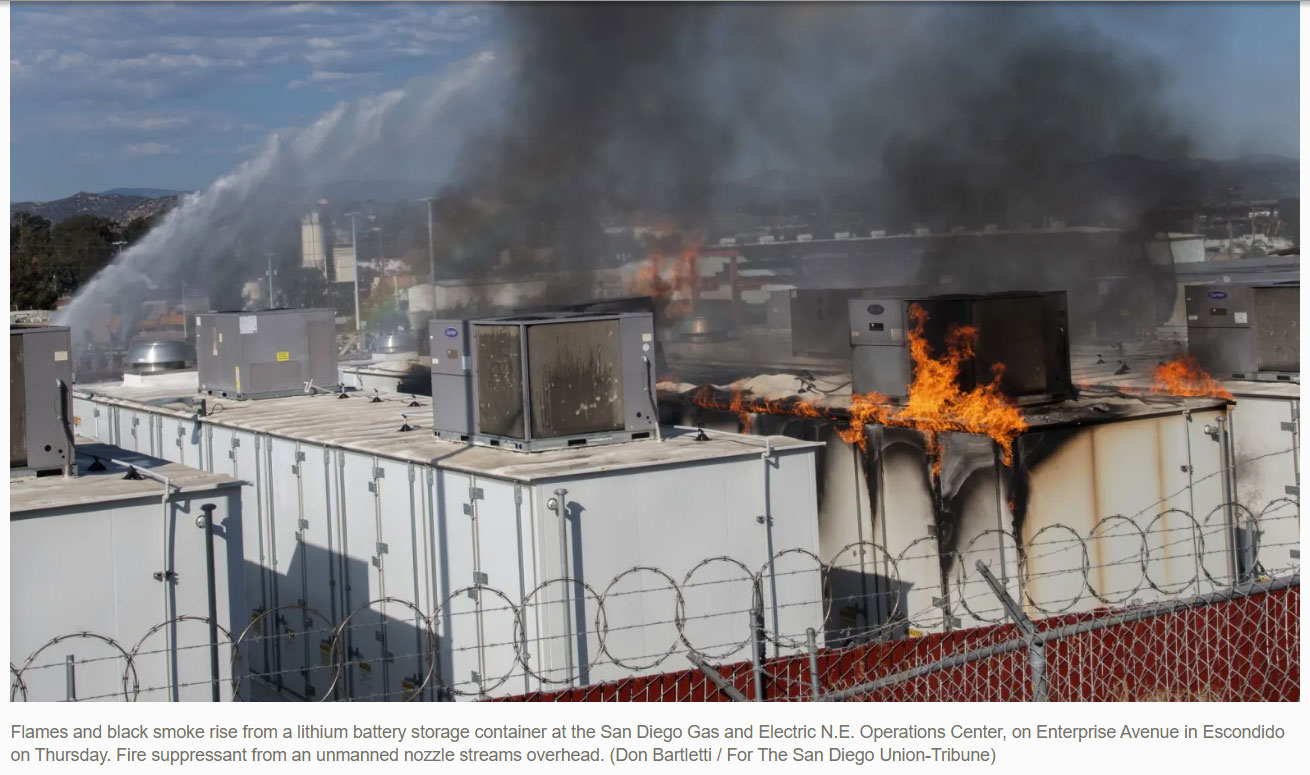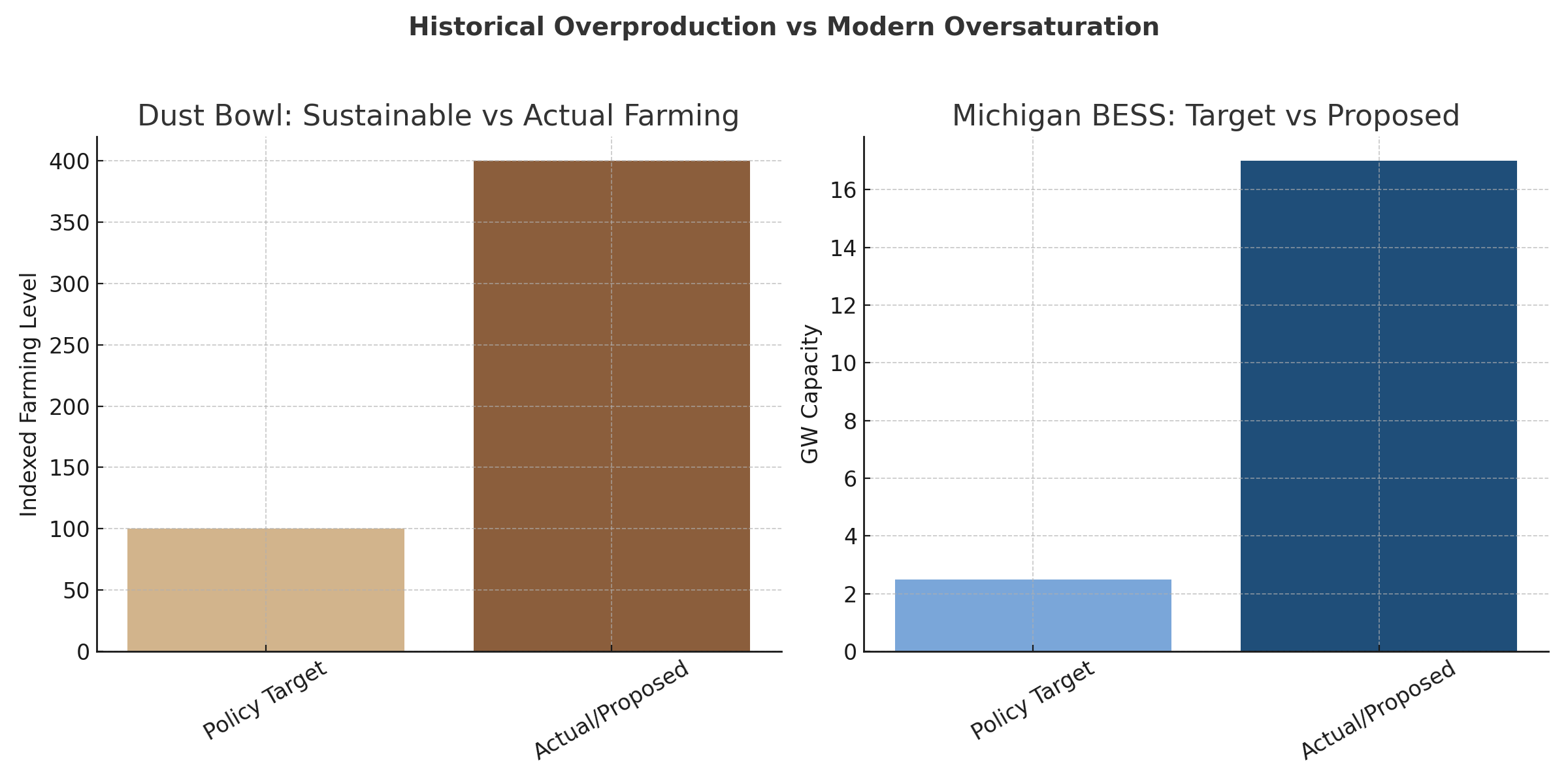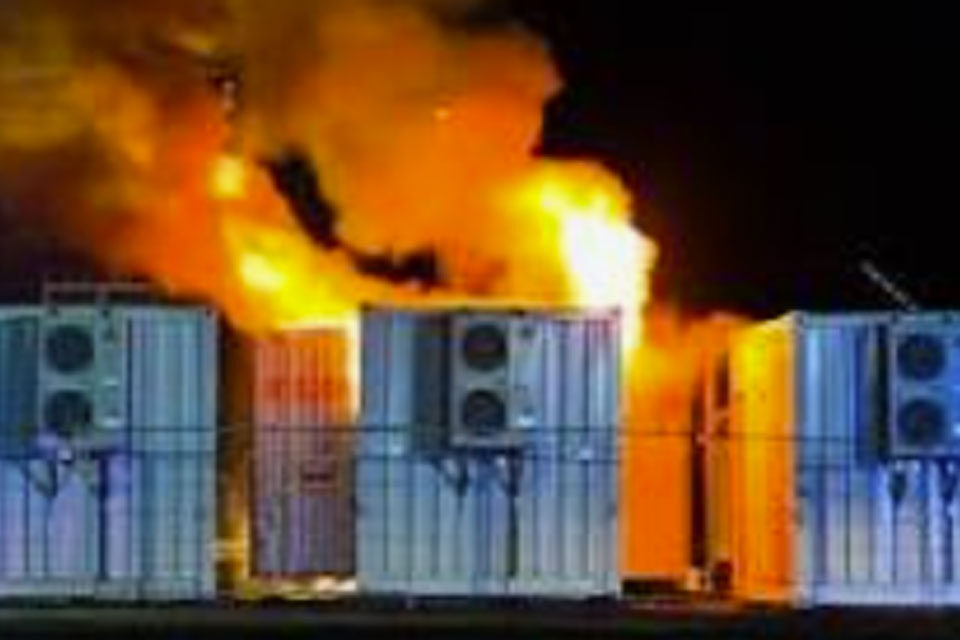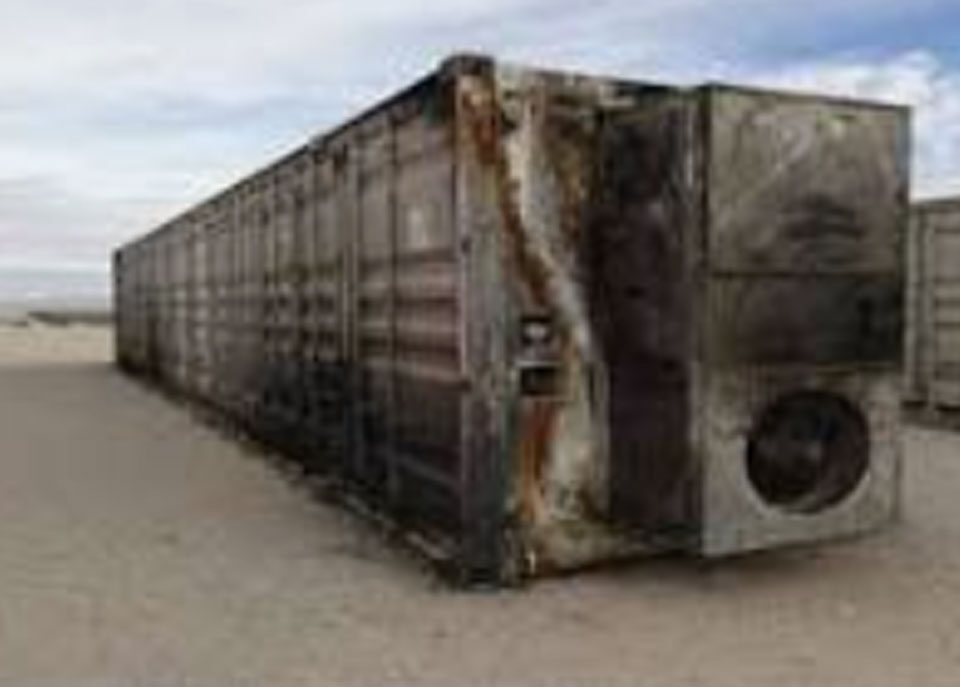The Sales Pitch vs. Reality
On August 14, 2025, at the Oshtemo Township meeting, representatives from startup developer NewEdge Power insisted that “Battery Energy Storage Systems (BESS) are safer today than in the past”.
That may sound reassuring — but the claim ignores the mounting evidence that safety problems are actually getting worse, not better.
System-Level Defects Are Rising
According to a July 2025 PV Magazine report, 2024 global factory inspections revealed a sharp increase in BESS defects. The problem isn’t just with battery cells themselves, but with the systems that keep them running:
- HVAC cooling systems
- Fire suppression equipment
- Racking and containment structures
- Electrical integration and controls
👉 Read the full report here → https://pv-magazine-usa.com/2025/07/29/system-level-failures-are-the-next-frontier-for-safer-battery-storage/
Why This Matters
The rush to break ground before incentive deadlines (to capture massive federal tax credits and loan guarantees) has created a perfect storm:
- Factories under pressure to churn out components for global demand
- Developers rushing construction without proper oversight
- Communities left exposed to risks of fire, toxic contamination, and abandoned sites
This is not stability — it’s instability at scale.
🚨 What 48% Defects Really Means
- Imagine if half the cars coming off assembly lines had defective brakes or airbags — regulators would recall the entire fleet.
- In critical infrastructure like airplanes, bridges, or medical equipment, a defect rate anywhere near 50% would be considered catastrophic.
- Yet, for BESS — giant batteries often placed near neighborhoods — the industry is pressing forward anyway, and even bragging about “improved safety.”
📈 And Then It Got Worse
Instead of improving, the defect rate jumped to 72% in 2024. This proves that as developers rush to break ground to capture tax credits and subsidies, quality is collapsing further.
⚠️The Takeaway
The fact that we were already at a 48% failure rate in 2023 should have been a giant red flag to regulators. Instead, Michigan and other states doubled down, allowing even more projects to move forward.
What it shows is this: BESS has never been “safe”. The instability and system-level risks aren’t new problems — they’re baked into the way this industry is rushing growth.
NewEdge Power’s claim that BESS are safer now is not supported by industry data. In fact, based on reports and recent events the opposite is true: the faster these projects are built, the more likely they are to fail.
Placing these experimental, defect-ridden systems just 300 feet from homes and schools in Oshtemo is reckless. Residents should demand accountability and transparency before allowing developers to profit at the expense of public safety.
When even California and New York are pumping the brakes on BESS Systems, there’s no doubt EVERY state should take heed.
What Residents Can Do
- Attend upcoming Township Board and Planning Commission meetings and speak out.
- Remember to vote out politicians that refuse to help protect residents.
- Contact the MSPC and tell them Battery Energy Storage System regulations must protect residents.

